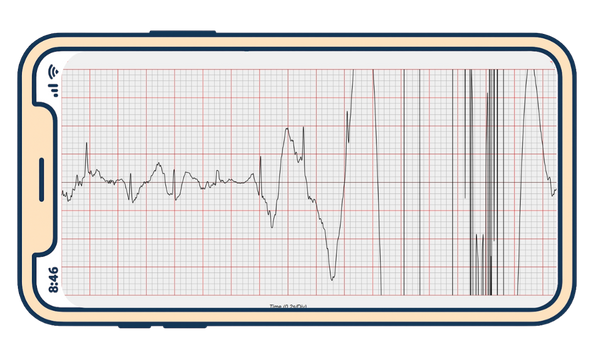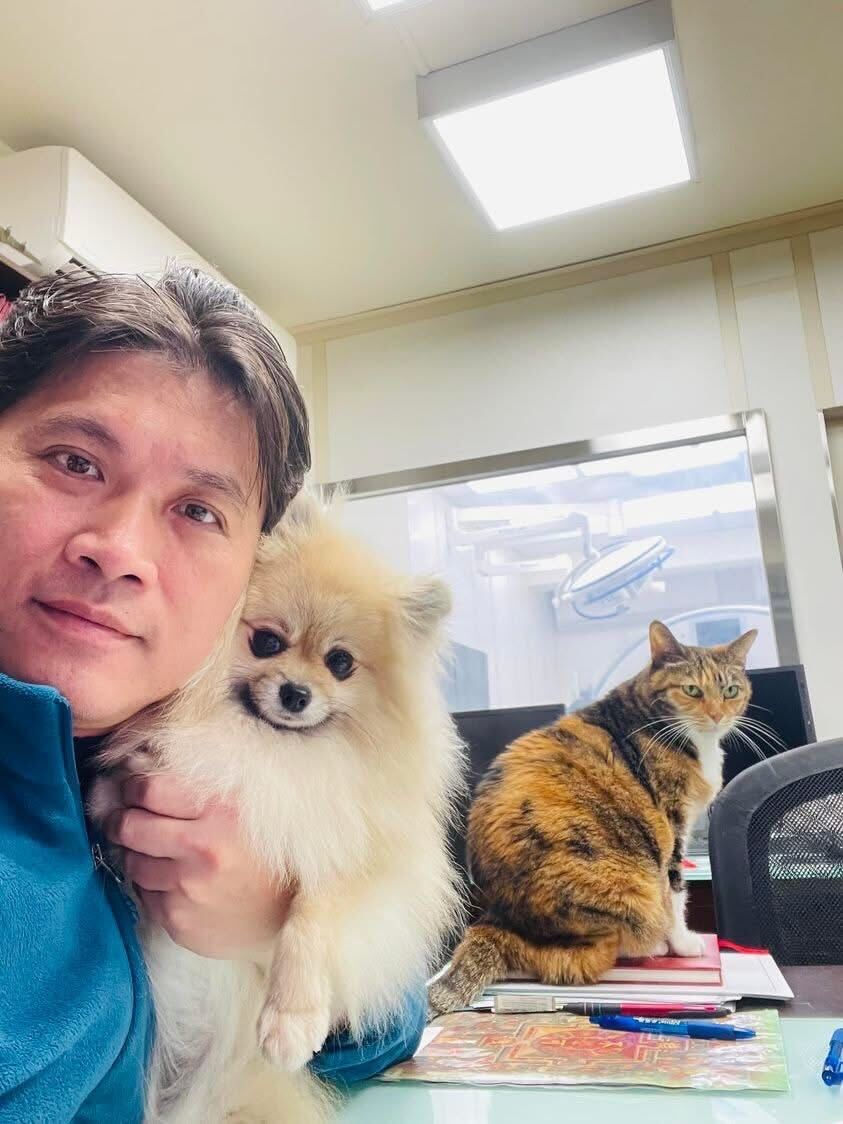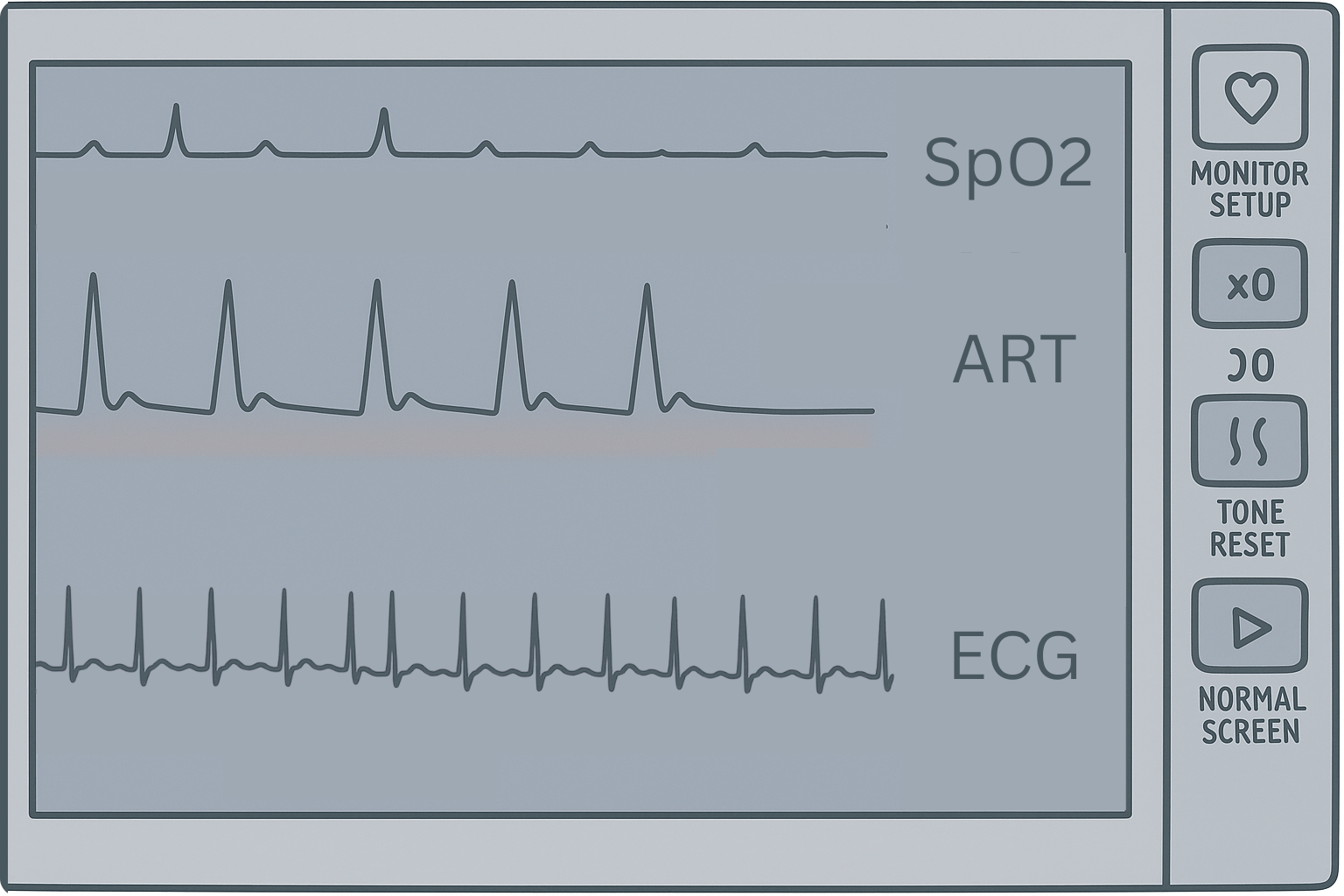Artifact 101 Part II: Understanding and Fixing Muscle Tremor and Movement Artifacts in ECG Recordings
Following our discussion on powerline interference, let’s explore two other common ECG disruptors: muscle tremor artifacts and movement artifacts. Learn to identify, differentiate, and resolve these issues for cleaner recordings.
Know Your Artifacts: A Quick Comparison
| Feature | Powerline Interference | Muscle Tremor | Movement Artifact |
| Pattern | Regular fine spikes (50/60Hz) | Irregular fine “shivering” | Large, irregular waves |
| Cause | Electrical interference | Muscle contractions | Patient movement |
| Best Fix | Improve skin contact | Relax muscles | Stabilize patient |
Muscle Tremor Artifact: The Subtle Saboteur
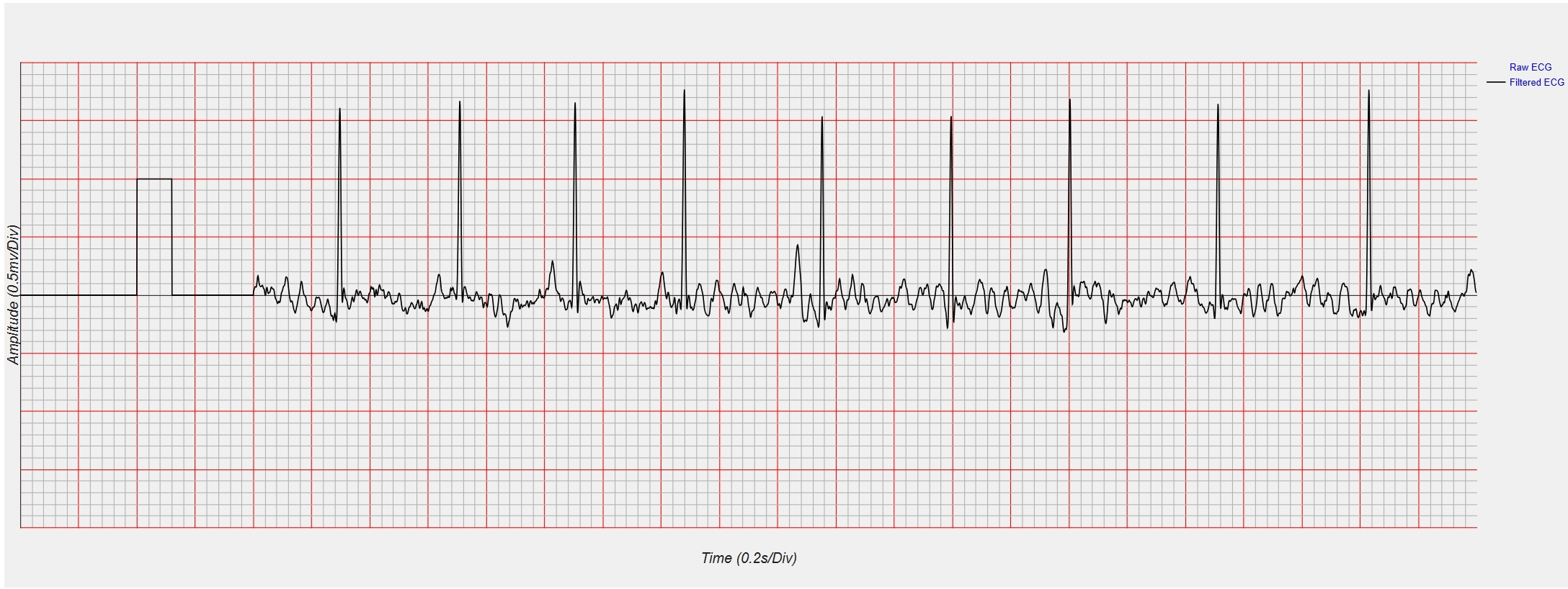
Figure 1 – Muscle tremor artifact example
- Identification:
- Irregular, fine baseline oscillations (See Figure 1)
- Common causes: shivering, purring (cats), standing position
- Practical Solutions:
- Optimal Positioning:
- Move clips away from large muscle groups (use paws/wrists/elbows instead of thighs) (See Figure 2)
- Right lateral recumbency / Sitting position often better than standing
- Gentle limb support reduces tremors
- Optimal Positioning:

Figure 2 – Move clips away from large muscle groups (use elbows/wrists/paws instead of thighs)
-
- General Techniques:
- Ensure limbs are relaxed and supported
- Warm cold/stressed patients
- Wait 5 minutes after restraint for tremors to subside
- General Techniques:
Movement Artifact: The Obvious Offender
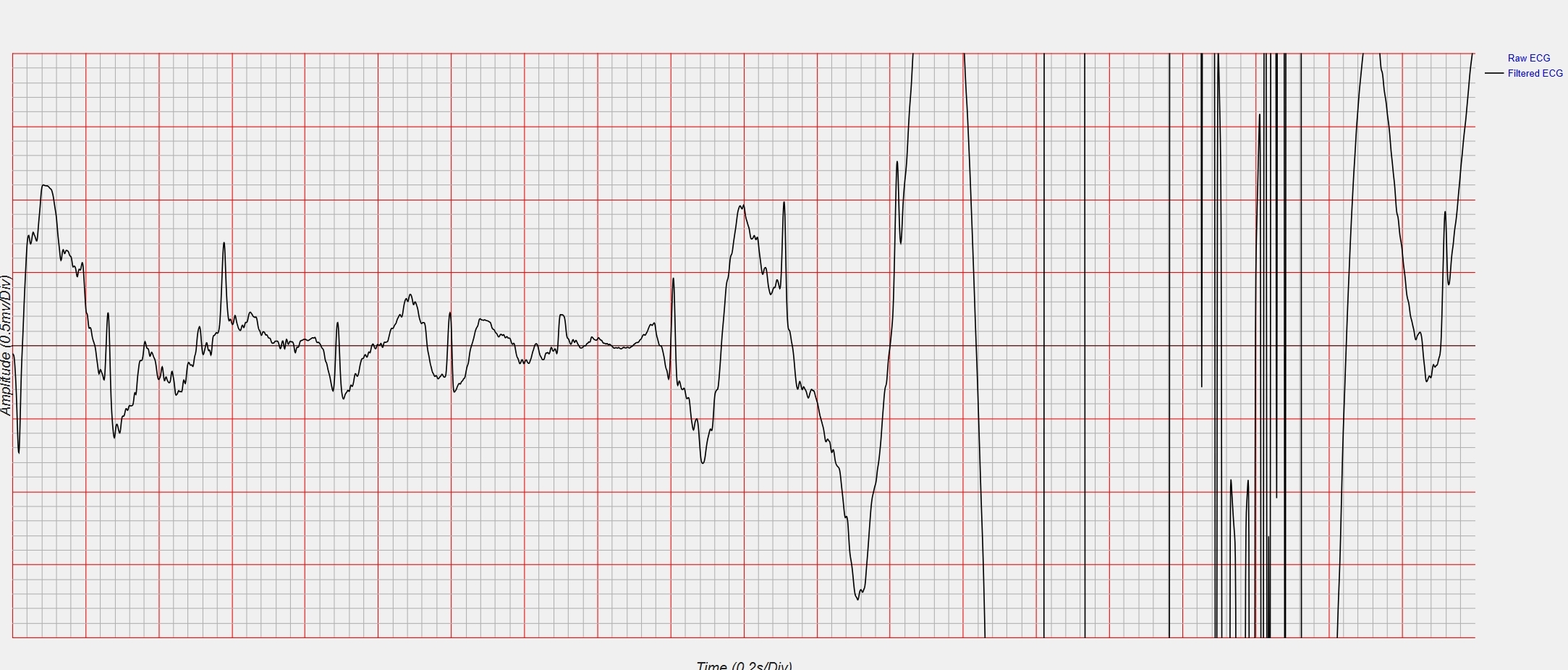
Figure 3 – Movement artifact example
- Identification:
- Large, irregular baseline swings (See Figure 3)
- Often synchronizes with breathing or struggling
- Proven Correction Methods:
- Patient Stabilization:
- Use towel wraps for cats (“burrito method”)
- Have assistant gently support limbs
- Equipment Management:
- Secure loose cables to prevent tugging
- Ensure clips are firmly attached
- Recording Timing:
- Capture between breaths for panting dogs
- Take multiple recordings if needed
- Patient Stabilization:
Troubleshooting Flow
- Identify artifact type using the comparison table
- Apply species-specific methods
- Verify with re-recording
Achieve diagnostic-quality ECGs every time with CardioBird! 🚀

